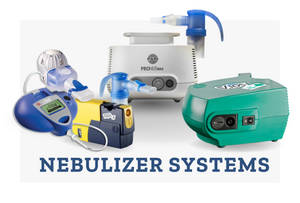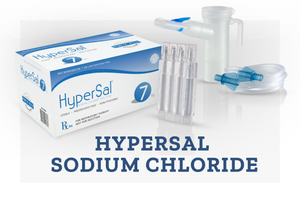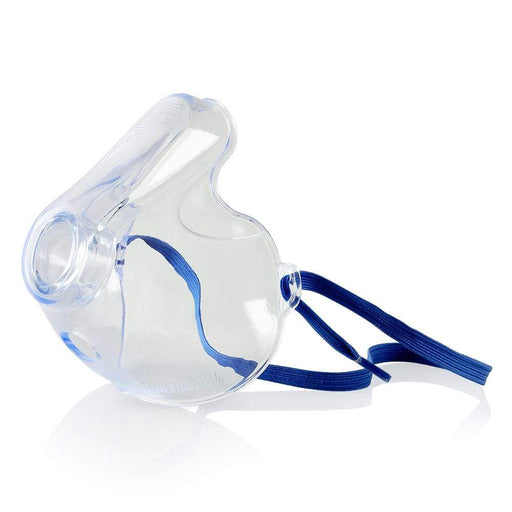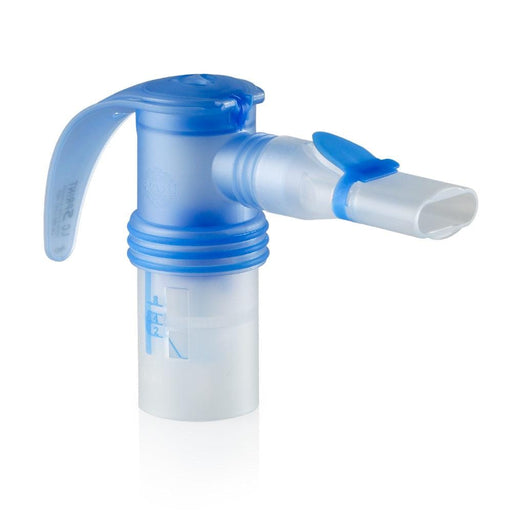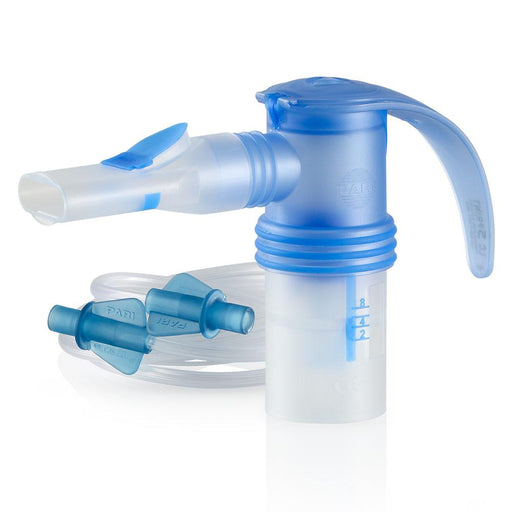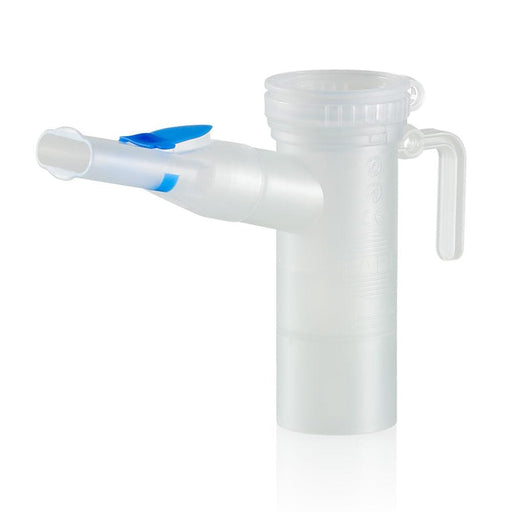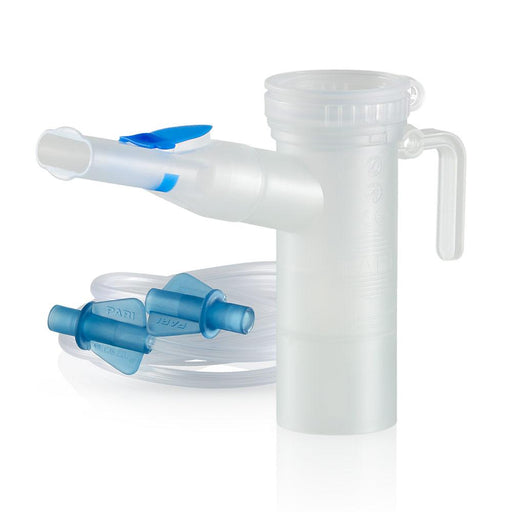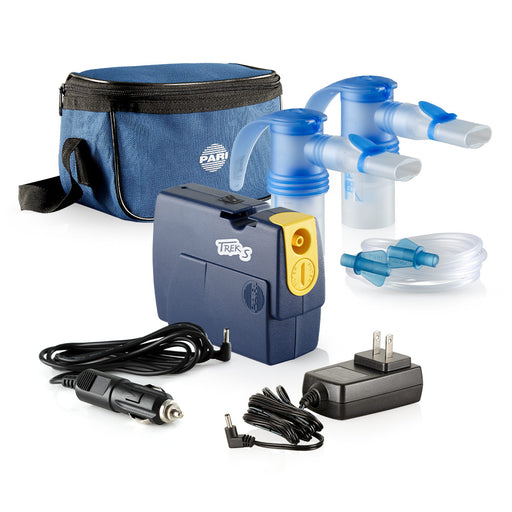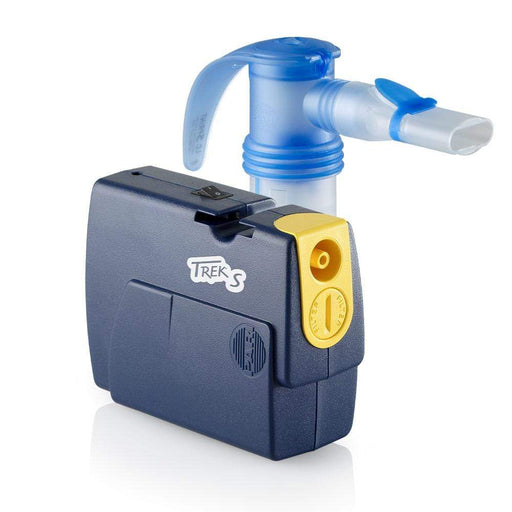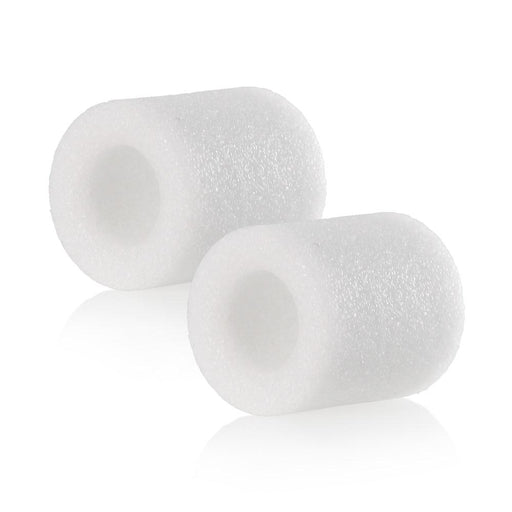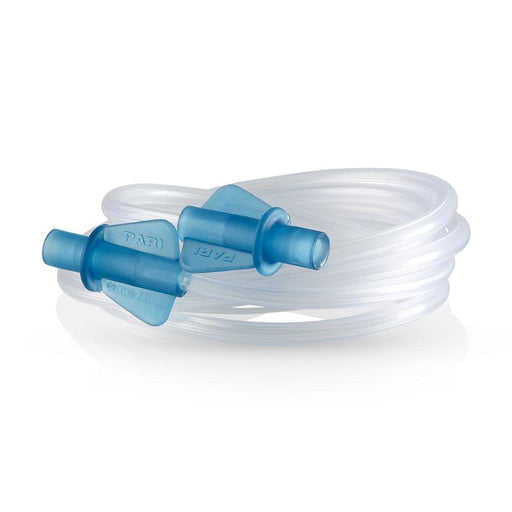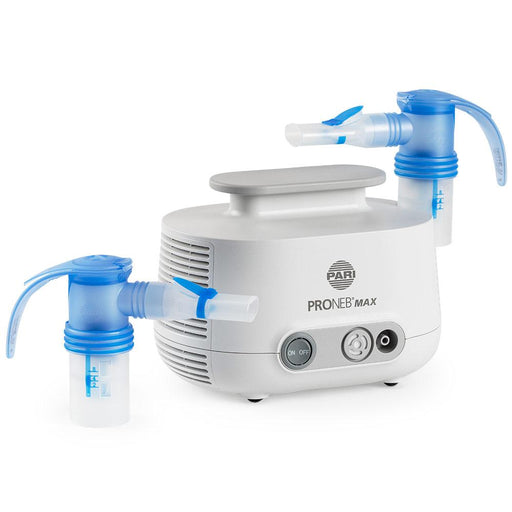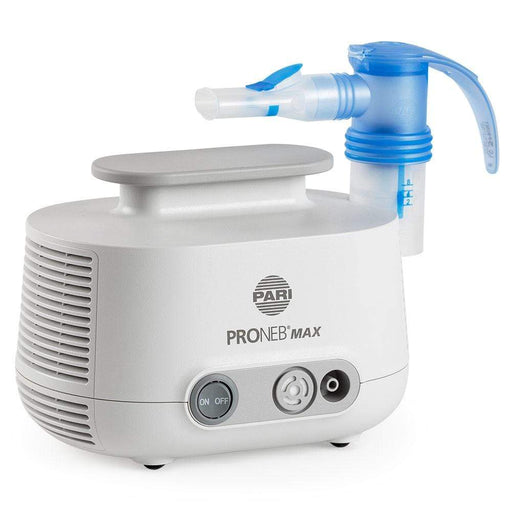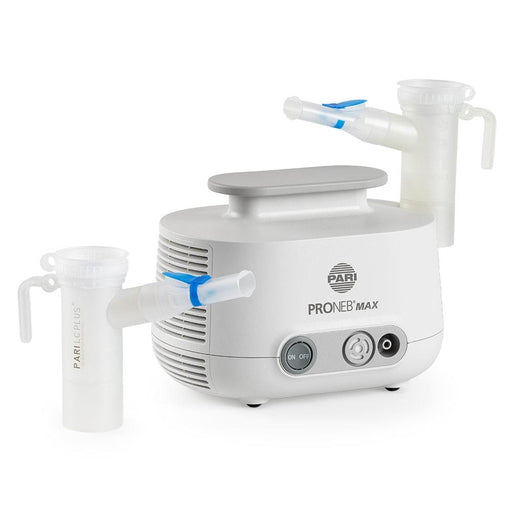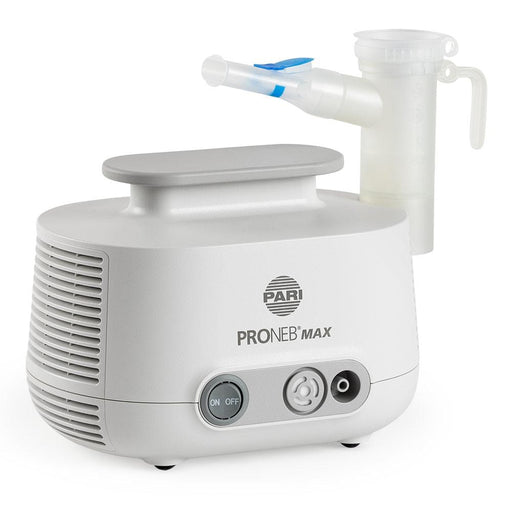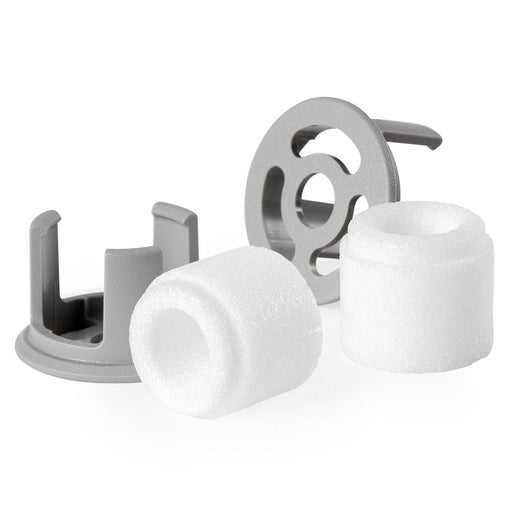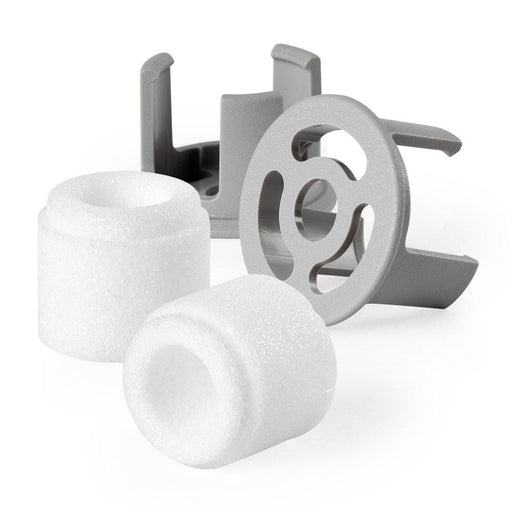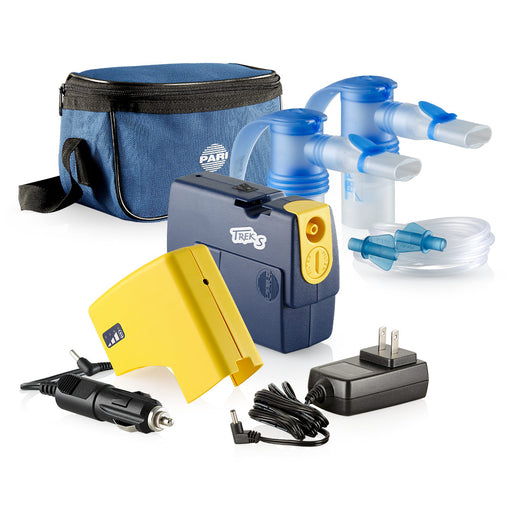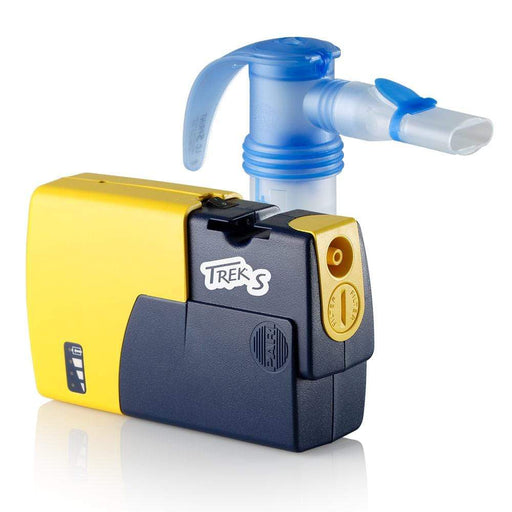
How a Nebulizer Can Ease Flu Symptoms
Flu season is officially in full swing. While getting the annual flu shot is always recommended to prevent contracting and spreading this contagious virus, this method isn’t always effective. If you do still contract the flu, there are a few things you can do to ease your symptoms under the guidance of your physician.
Symptoms of the flu – such as runny nose, congestion, sore throat, chest pressure, and even shortness of breath – can knock you off your feet for days or weeks. What’s worse is that flu season often coincides with surges in rhinovirus (more widely known as the common cold). Both colds and flu can leave you feeling miserable, preventing you from enjoying winter activities and the holidays with family.
Thanks to modern medicine, the store shelves are lined with a variety of remedies that can help alleviate flu symptoms. You can even find products that help ease pulmonary symptoms that affect your lungs. One such product – a nebulizer – is prescribed by a physician to deliver medicine deep into your lungs to help soothe respiratory symptoms associated with the flu, like cough and shortness of breath or wheezing. Here are a few reasons why you should consider a nebulizer to treat respiratory symptoms this flu season.
About Nebulizers
Nebulizers work to relieve respiratory discomfort by converting liquid medicine into a mist that is then inhaled through a mouthpiece or mask. Millions of people already use nebulizers to treat chronic obstructive pulmonary disease (COPD), bronchitis, lung infections, and other pulmonary issues or diseases.
Not all nebulizers are created equal, though, and they come in a variety of designs from tabletop systems to portable and travel nebulizers. A nebulizer compression system is great for at-home use, for example, while a compact nebulizer is perfect when you are on the go.
There is also a significant difference in the quality and efficiency from one nebulizer to the next. Using a substandard nebulizer system to treat respiratory issues may not do much good if the medicine doesn’t reach your lungs.
Nebulizers feature a number of accessories and components that make the units more effective and easier to use. These parts include filters, tubing, valve sets, holding chambers, battery packs and 12v DC adapter power kits, tubing, masks, and mouthpieces.
What You Need to Know About Flu Season
Seasonal influenza, commonly known as the flu, is an acute respiratory infection caused by influenza viruses. While these viruses are present throughout the year, they are most common during the flu season, which runs from about October to May. Depending on where you live, this period peaks between December and February.
It can sometimes be difficult to distinguish between a common cold and the flu, even for doctors. Generally speaking, flu symptoms tend to develop quickly while cold symptoms often develop gradually over the course of a few days. To make matters worse, colds and flu can cause similar symptoms. However, the flu can also cause muscle aches, fever, chills, and sometimes vomiting and diarrhea.
While millions of people contract the flu each year (and most recover without medical treatment) influenza can be a life-threatening condition for certain high-risk people. Seek medical attention if you or a member of your household experiences any of the following:
- Trouble breathing
- Chest pain
- A very high fever
- Stiff neck pain
- Confusion
- Uncontrollable vomiting
- Weakness that leads to fainting or falls
- Rashes
Choosing a Nebulizer to Treat the Flu
It can be difficult to determine the quality of a nebulizer just by looking at the box or description. A bit of research may be required to choose a nebulizer system that will effectively and efficiently treat flu symptoms. Start by looking at manufacturers and nebulizers with a proven track record. Search for terms like “clinically proven” and “trusted” to ensure you are getting a system that is backed by medical professionals.
If you are looking for a nebulizer to treat a child’s respiratory symptoms, make sure to purchase a nebulizer system designed for kids.
What Does a Nebulizer Treatment Do for Flu Symptoms?
When the viruses that cause colds and flu infect your lungs, your body responds in a number of ways to fight the virus. Inflammation is just one of these responses. Your body sends extra fluids to the site of the infection to deliver white blood cells and other compounds that help you heal. This extra fluid can accumulate in your lungs and cause pneumonia. In cases of severe or prolonged flu infection, inflammation can clog your airways and cause difficulty breathing.
If you have other lung problems, such as asthma or COPD, the flu can aggravate your symptoms. Asthma and COPD also can trigger inflammation and swelling in the walls of your lungs. Both conditions can also cause the membranes in the lining of your airway to secrete mucus, which narrows your airway and makes it harder to breathe.
According to the American Lung Association, children and adults with asthma are more likely to develop pneumonia or other respiratory problems after having the flu. In fact, the Centers for Disease Control and Prevention (CDC) says that asthma is the most common condition affecting kids who are hospitalized with the flu.
Medications can reduce inflammation, open airways, break up congestion, and make it easier to breathe, but only if the medicine is inhaled deeply into the lungs. Nebulizers deliver medication efficiently to help relieve minor to severe flu symptoms.
Nebulizers can deliver a variety of medications directly to your lungs for relief. Some of these include:
- Anti-inflammatories that reduce swelling on the inside of the lung and are often used to treat symptoms of asthma.
- Bronchodilators that open up the airways to make breathing easier for patients with severe flu, asthma, or COPD. These medications work by acting on the smooth muscle outside of your lung.
- Nebulizer treatments to treat or prevent bronchospasm.
- Inhaled antibiotics to treat lung infections.
- Sterile saline solutions that open up the airways, thin secretions, and loosen mucus in the lungs to make it easier to cough up and clear it from the lungs.
Why Use A Nebulizer Instead of an Inhaler?
Inhalers are convenient handheld devices that introduce puffs of medicine into your respiratory system. While handy, inhalers may not necessarily be the most efficient way to get medication into the lungs of people who have trouble using them correctly. Inhalers require a special breathing technique. While using an inhaler sounds easy, it can be challenging for the very young or the elderly who struggle to breathe, especially for those with other lung conditions that make it difficult to inhale deeply.
With nebulizers, patients simply have to breathe normally, and the medication is then delivered deeply to their lungs. These machines require no special techniques whatsoever and are much easier on those who may struggle to breathe.
How To Use a Nebulizer to Treat Flu Symptoms
- Always refer to the instructions that come with your nebulizer.
- Wash your hands with soap and warm water.
- Connect the tubing to the compressor.
- Fill the medicine cup with medication. Follow the directed amount according to your prescription.
- Attach the mouthpiece or mask and hose to the medicine cup.
- Put your mask on and adjust it to fit your face snuggly. If you are using a mouthpiece, hold it in your mouth with your lips firmly around the device.
- Turn your nebulizer on and breathe normally through your mouth until all the medication has been inhaled.
- Turn off the nebulizer. Wash the mouthpiece, thoroughly. Allow them to air dry and store until your next use.
How To Prevent the Flu
If you haven’t taken steps to prevent the flu this season, it’s not too late to get started. Your best defense against the flu is to get the flu shot. The antibodies from this annual vaccine will protect you from the more common virus strains of influenza.
It is also important to avoid people who are sick and experiencing flu-like symptoms, as this increases your chance of contracting the virus. Be sure to clean communal spaces daily with disinfectants and wash your hands regularly. As a general rule of thumb, keep your hands away from your mouth and nose to prevent ingesting germs, bacteria, or viruses that live on the skin.
Rest and a good diet are two other factors to consider. Make sure you are getting 7-9 hours of sleep every night, as this can help to boost your immune system. Find ways to relax, as stress can also take a toll on your immune system. Make sure you are eating nutritious and healthy food, as well as vitamins, minerals, and plenty of fluid to stay hydrated.
For more information about using nebulizers to treat flu symptoms, consult with your doctor and ask for a prescription. When it comes to choosing a quality nebulizer that will relieve your respiratory systems, consider a trusted name like Nebology. To learn more about our clinically-proven PARI nebulizers, contact our team.
SHOP CLINICALLY PROVEN NEBULIZER SYSTEMS & SUPPLIES
-
PARI LC Adult Aerosol Mask with Pro-Vent Technology
Original price $5.00 - Original price $5.00Original price$5.00$5.00 - $5.00Current price $5.00In stockOriginal price $5.00 - Original price $5.00Original price$5.00$5.00 - $5.00Current price $5.00 -
PARI LC Sprint Reusable Nebulizer Cup & Tubing
Original price $14.95 - Original price $14.95Original price$14.95$14.95 - $14.95Current price $14.95In stockOriginal price $14.95 - Original price $14.95Original price$14.95$14.95 - $14.95Current price $14.95 -
PARI LC Plus Reusable Nebulizer Cup & Tubing
Original price $14.95 - Original price $14.95Original price$14.95$14.95 - $14.95Current price $14.95In stockOriginal price $14.95 - Original price $14.95Original price$14.95$14.95 - $14.95Current price $14.95 -
PARI Trek S Portable Nebulizer System with LC Sprint
Original price $79.00 - Original price $185.00Original price$79.00 - $185.00$79.00 - $185.00Current price $79.00In stockOriginal price $79.00 - Original price $185.00Original price$79.00 - $185.00$79.00 - $185.00Current price $79.00 -
Filters for PARI Vios, Ultra II, and Trek S System - 2 Per Package
Original price $8.45 - Original price $8.45Original price$8.45$8.45 - $8.45Current price $8.45In stockOriginal price $8.45 - Original price $8.45Original price$8.45$8.45 - $8.45Current price $8.45 -
PARI Wing Tip Tubing
Original price $7.00 - Original price $7.00Original price$7.00$7.00 - $7.00Current price $7.00In stockOriginal price $7.00 - Original price $7.00Original price$7.00$7.00 - $7.00Current price $7.00 -
PARI PRONEB Max Nebulizer System with LC Sprint
Original price $99.00Original price $99.00 - Original price $99.00Original price $99.00Current price $81.99$81.99 - $81.99Current price $81.99In stockOriginal price $99.00Original price $99.00 - Original price $99.00Original price $99.00Current price $81.99$81.99 - $81.99Current price $81.99Sale -
PARI PRONEB Max Nebulizer System with LC Plus
Original price $99.00Original price $99.00 - Original price $99.00Original price $99.00Current price $81.99$81.99 - $81.99Current price $81.99In stockOriginal price $99.00Original price $99.00 - Original price $99.00Original price $99.00Current price $81.99$81.99 - $81.99Current price $81.99Sale -
Filters for PARI PRONEB Max System - 2 Per Package
Original price $9.00 - Original price $9.00Original price$9.00$9.00 - $9.00Current price $9.00In stockOriginal price $9.00 - Original price $9.00Original price$9.00$9.00 - $9.00Current price $9.00 -
PARI Trek S Portable Nebulizer System with LC Sprint & Battery Pack
Original price $185.00 - Original price $185.00Original price$185.00$185.00 - $185.00Current price $185.00In stockOriginal price $185.00 - Original price $185.00Original price$185.00$185.00 - $185.00Current price $185.00

